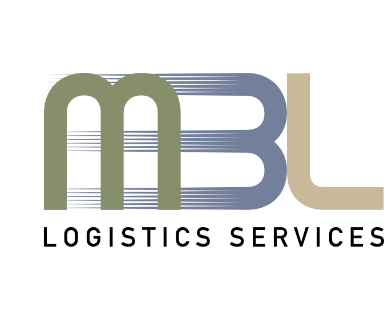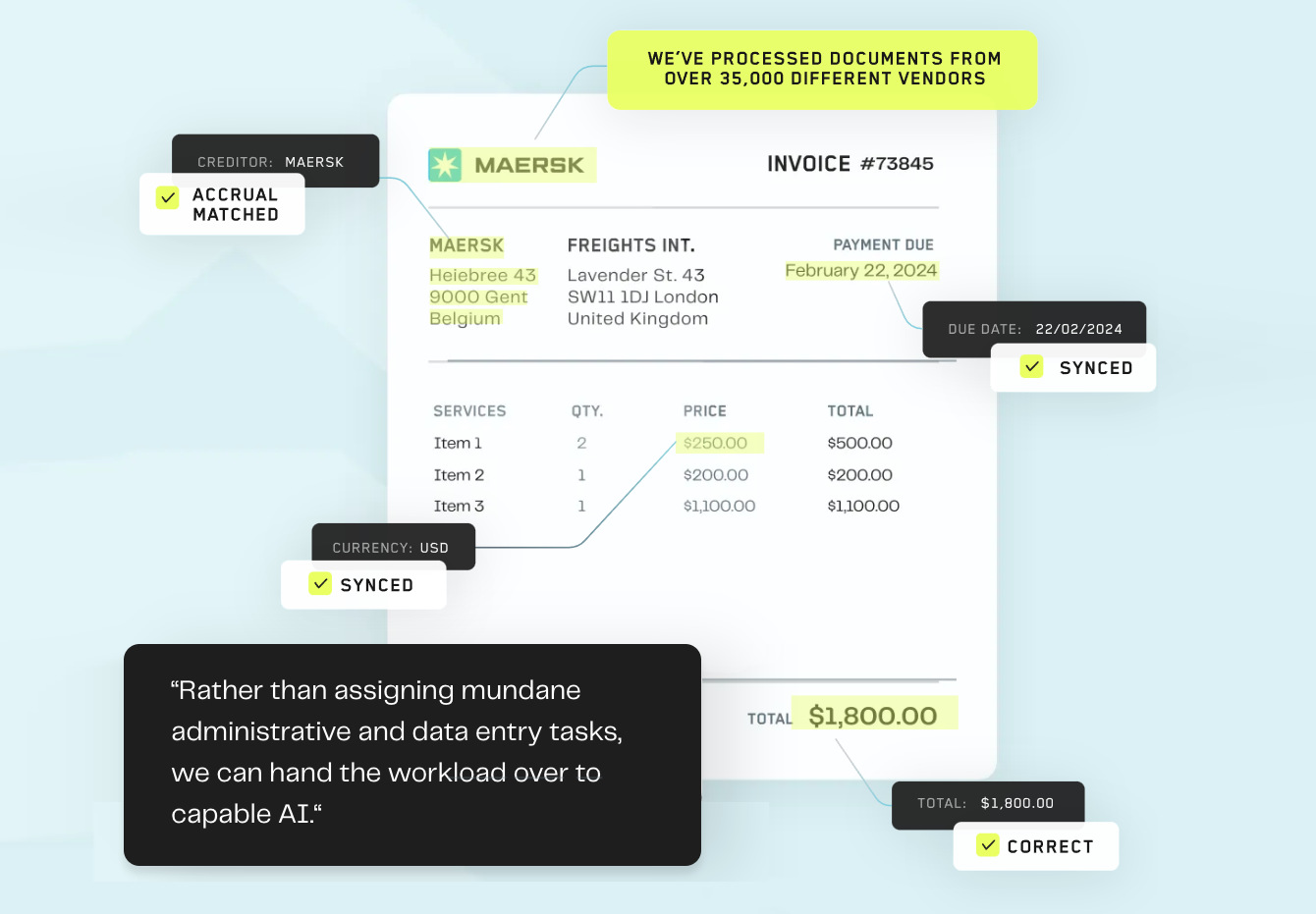M B L B L O G – A P R I L 2 0 2 5
Behind the scenes: why AI is accelerating logistics
AI isn’t headlining technology in logistics yet, it’s evolving quietly, embedded in systems that handle truck check-ins, freight payment validation, rate quoting, and appointment scheduling.
The noise around AI continues to grow around how it can be effectively deployed into the supply chain and how much of the users within supply chain are willing to adopt the changes. Reports and news from different forwarders and LSPs are that this wave of automation is already boosting efficiency, cutting repetitive tasks, reducing manual error, and subtly reshaping operations across transport and forwarding networks.
Yet, these changes remain largely invisible to frontline staff and end-users, they’re in the background. From automating gate check‑ins using visual AI to generating smarter freight invoices and smoother scheduling, the impact is felt in faster workflows rather than a new interface. According to industry analysts, AI projects focused on forecasting, route planning, and decision support are growing rapidly, often without overt fanfare, highlighting a shift from experimental pilots to operational necessity. So what does this mean for logistics leaders?
The strategic implications are clear, while AI may not grab attention, its continued expansion across logistics systems means leaders must prioritize integration and scalability. Tactical gains, like improved accuracy in rate calculation or appointment coordination are already arriving. But to leverage real competitive advantage, firms should invest in strategic roadmap alignment. Linking AI to control tower visibility, generative analytics, and supply‑chain resilience frameworks.
In practice, that means focusing on AI-infused automation in everyday choke points: gate processing, freight billing, exception detection while layering in higher-value use cases like predictive shipment disruptions, dynamic route optimization, and cognitive analysis of vendor performance. The long-term payoff? A shift from reactive firefighting to proactive orchestration across modal, country, and partner boundaries.

